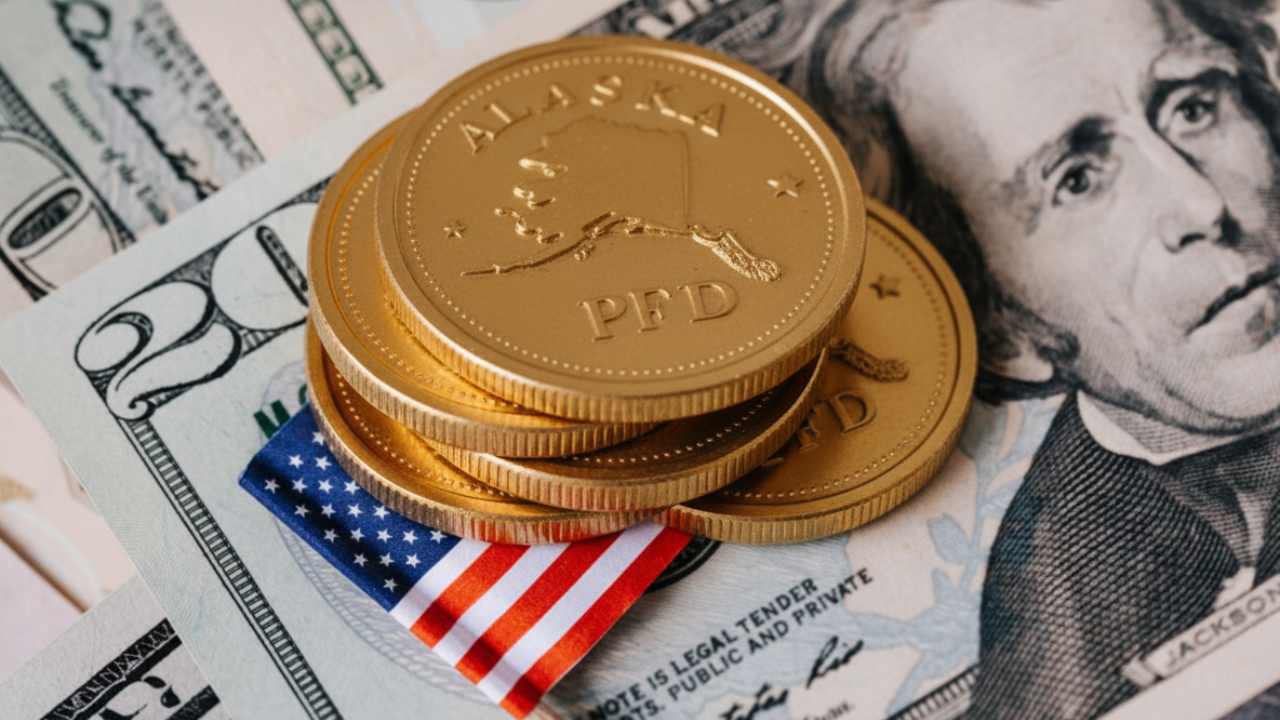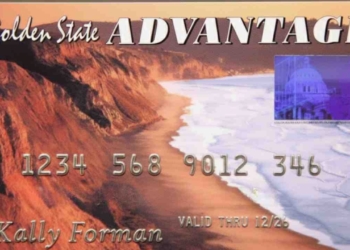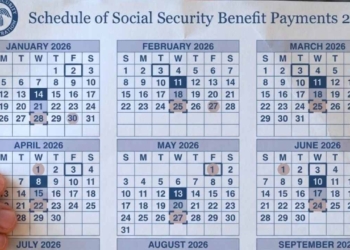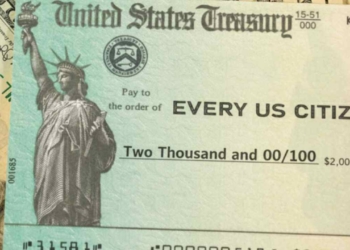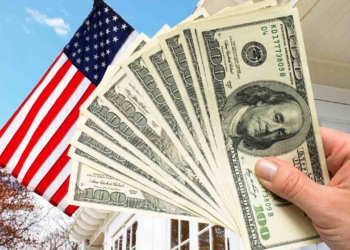With Alaska Day just around the corner, thousands of families in the northernmost state in the United States are keeping their eyes glued to their bank accounts and mailboxes. The reason: the second massive payment from the Permanent Fund Dividend (PFD), an iconic program that distributes part of the state’s oil profits to its residents in the form of stimulus checks.
This year, the amount is $1,000 per eligible person, a figure that has sparked debate about Alaska’s economic sustainability, but is, at the same time, a welcome relief for many in a time of persistent inflation. However, not everyone has received their check yet, and with offices closed tomorrow for the state holiday, inquiries are piling up.
The traditional stimulus check that every Alaskan is waiting for
The PFD has become a tradition rooted in Alaskan identity since 1982, when the Permanent Fund was established to invest oil revenues and ensure long-term benefits. Each year, the Alaska Department of Revenue calculates the dividend based on the fund’s earnings, which exceed $80 billion in assets.
For 2025, the state Legislature approved $1,000, a notable decrease compared to last year’s $1,702, which included an additional energy relief bonus. Critics, such as some Democratic lawmakers, argue that this cut reflects misguided budget priorities, prioritizing savings over direct support for residents facing high costs of living in a remote state.
“It’s a blow to low-income families,” one Fairbanks resident commented in a recent interview with local media, although the program remains popular for its universality.
Who is eligible for this stimulus payment?
The rules are strict and certainly clear, designed to ensure that only genuine residents benefit. To qualify in 2025, a person must have lived in Alaska for the entire 2024 calendar year, with the intention of remaining indefinitely.
Claiming residency in another state or country since the end of 2023 is not permitted, and having been physically present in Alaska for at least 72 consecutive hours in 2023 or 2024 is required. There are also exclusions for criminal records: no dividends are awarded to those convicted of felonies in 2024 or incarcerated for certain misdemeanors if there is a prior record.
Extended absences—more than 180 days—are only permitted for justified reasons, such as military service, education, or medical treatment, and must be supported by documentary evidence confirming that, despite everything, the individual’s intention is to continue living in Alaska permanently.
Do you need to apply for your PFD stimulus check?
The application process is accessible, but requires attention. Applications for 2025 opened on January 1 and closed on March 31, and can be submitted online through the myPFD portal or by physical application. It is estimated that more than 600,000 Alaskans applied, similar to the 666,000 the previous year, of which approximately 94% were approved.
Once approved, the application is placed in “Eligible-Not Paid” status until disbursement. This is the crux of the matter with pending payments: not all of them are distributed at once. The Department of Revenue adopts a tiered approach to handling reviews and corrections.
One round of checks gone, one to go
The first massive disbursement occurred on October 2, benefiting those who applied online and chose direct deposit, provided their status was ready by September 18. These payments appeared in bank accounts that same day, injecting millions into the local economy.
But for those who opted for a physical check or applied by paper—a significant group in rural areas with limited internet access—their turn comes on October 23. Any applications with eligible status as of October 13 will be processed then: immediate direct deposits and mailed checks.
Thereafter, there are monthly distributions, such as the one on November 20 for statuses ready by November 12. Check your status by going to the official website of the program: https://pfd.alaska.gov/.

